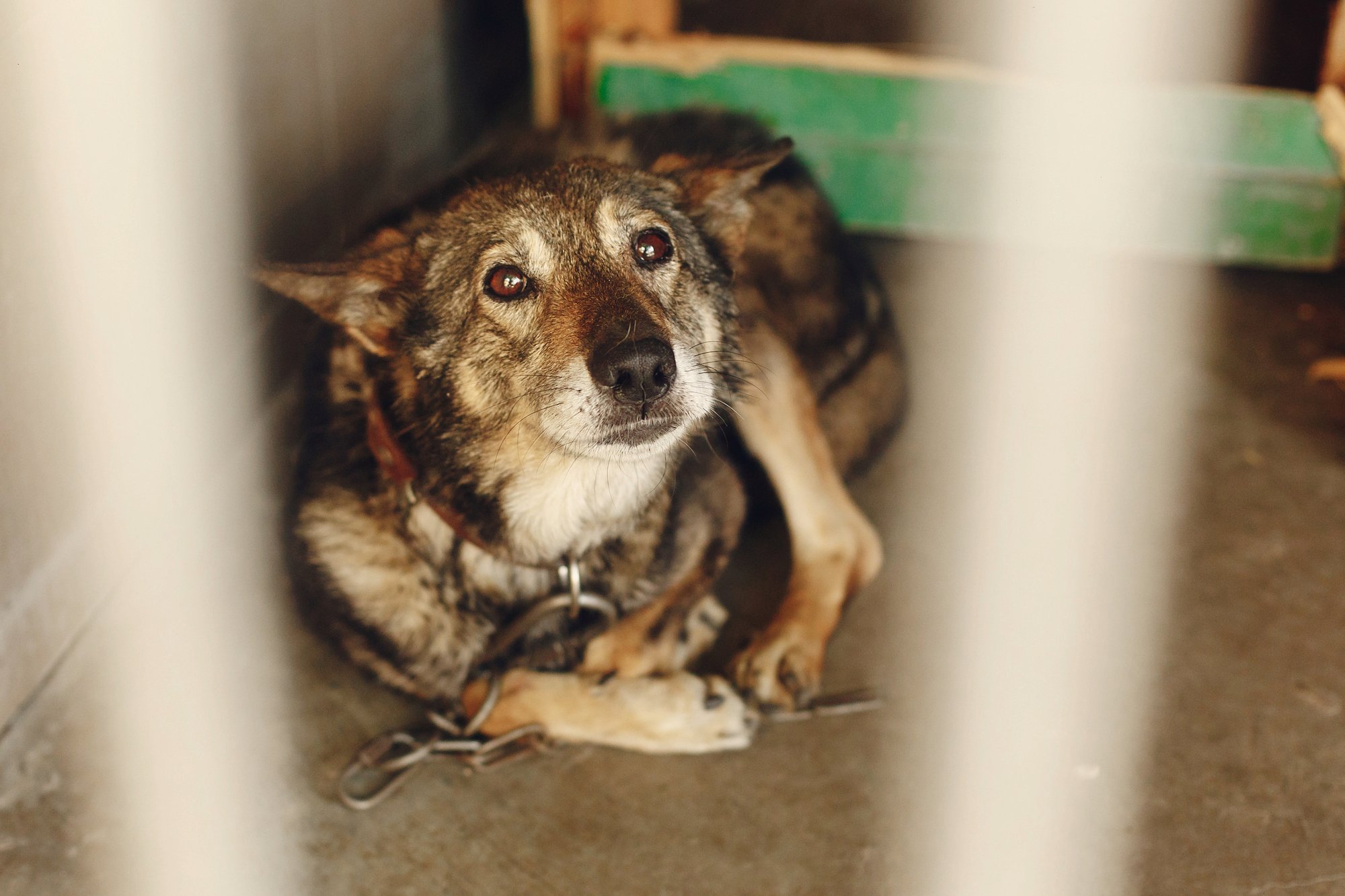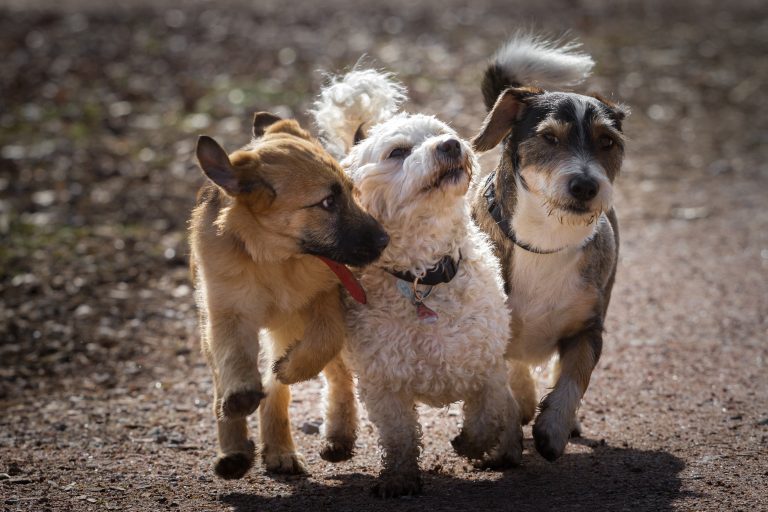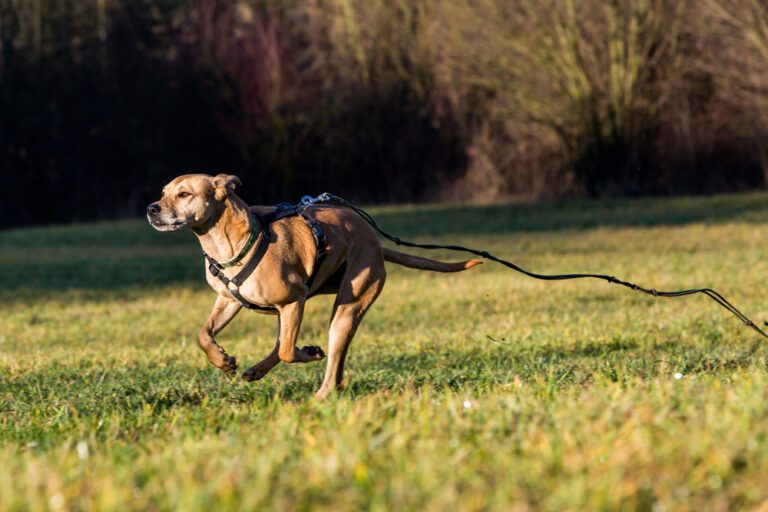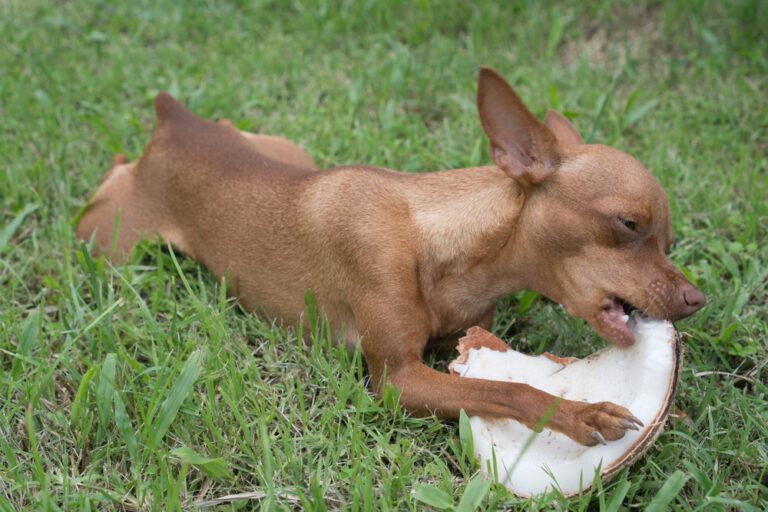How To Get An Abused Dog To Trust You?
Most people are not aware of the emotional and mental toll that abuse can take on a dog. You may have a dog handed to you which has been abused by a previous owner. Or the person who abused Fido might have been your beloved family member or trusted friend. It’s not always easy to comprehend why your fur buddy would fear your loved one until you discover the abuse. So it’s not surprising that you’ll be wondering how to get an abused dog to trust?
But no matter if it was the previous owner or your own trusted person who abused your furbaby, the first step is to make sure your dog feels safe again.
What is dog abuse?
Dog abuse is the maltreatment of a dog, including neglect or willful infliction of harm. Abuse is more common than you may think. According to The Humane Society Of The United States, almost 3 out of 4 victims of domestic violence said that their abuser also abused their pets. To give you a better context, there are about 70 million pet dogs in the U.S. Every minute, 20 people get assaulted (an average of 10 million per year).
Just imagine how many dogs are abused yearly! So if your Fido is a rescue pet, or if someone you trust abused them, do everything you can to make them feel safe and loved.
There are many types of abuse that a pet can suffer from and this type of crime often goes unreported:
- Neglect
- Malnourishment
- Physical abuse (like beating)
- Mental abuse (like intimidation)
- Sexual abuse (like forcing unwanted sexual acts on the animal)
- Exposing an animal to criminal behavior such as drug use or violence against human beings.
The pain and psychological trauma that strikes pets who have been abused by their owners can be almost as devastating as that of a human abuse victim. Dogs naturally want to trust and obey their masters, so an abused dog often turns against the person he loved most in the world. This can lead to aggression towards other people – even his owner – when he feels threatened.
Signs of abuse in dogs
How do you know if your doggo experienced abuse? Here are signs to watch out for.
● Anxiety about going outside
● Running away when you try to touch or pick them up
● Being very submissive and afraid of people, especially strangers
● Whimpering, cowering, or hiding when visitors come over
● Hiding under the bed, in a closet, in the garage, or somewhere else out of sight
● Excessive licking to relieve itching on its skin from flea bites
● Blood and fresh scabs on its skin due to deep tissue damage from trauma with an object
● Abandons most of its food bowl without showing any interest in eating. What is left may be scattered around the bowl and become messy. This can be a sign of extreme stress, anxiety, or depression.
● Jumping away from you when touched on the hind end
● Lack of energy
● Signs of the dog being punished for misbehaving (e.g., whipped with a belt)
● Cowering in fear when approached by certain people or other dogs he/she may associate with abuse.
● Barking or howling in frustration when left alone
● Refusing to make eye contact with you.


How do you know if your doggo experienced abuse?
6 Tips for making sure that your pet feels safe with you again
It ‘s understandable that an abused dog will take some time to warm up to you and be able to trust you again. You have to be patient and give time for your furkid to recover. Below are 6 tips to help you build trust with your traumatized furbaby.
1. Consistently Providing Your Furbaby With Sufficient Food And Water
Giving Fido nutritious food and clean water is the first step to make your furbaby feel safe. Many abused dogs are severely malnourished and dehydrated. They are always afraid that they may not have anything to drink or eat for today.
You can make up for the suffering your fur buddy endured by consistently giving them delicious, healthy food and fresh water. To establish trust in Fido that you will always give him food and water, assign eating times during the day.
If you choose to give them their food and refill their water bowls every lunchtime, stick to it. The more you prove to Fido that you’ll provide for them day after day, the more they will trust you. You need to keep doing it until they have no reason to expect that they’ll go hungry ever again! So if you’re looking for tips on how to get an abused dog to trust you, the first thing you need to do is to learn to be patient.
2. Stay Calm – Fido Can Feel You!
When you begin to interact with your fur buddy, make sure you feel calm and at ease. Dogs are very sensitive to human emotions, body language, and voice tones. So if you feel afraid or worried, they will feel the same!
The key to helping you and your doggo to feel calm together is for you to move with deliberate slowness and gentleness. You can start by sitting a few feet away from them. Don’t make eye contact yet. And don’t face them!
Simply sit “beside” them from afar. Approaching them with your side is considered more friendly in the canine world than with your front. You don’t have to do anything else than just sit. Doing so for a few days will help them become more familiar with you. They will slowly understand that you’re not a dangerous human being. You simply want to be their friend.
When they approach you and you want to pet them, offer one gentle stroke. Then take your hand back and observe their reaction. If they show positive signs that they want more pets, give them some more. But if they withdraw, let them be.
If you need a little help to calm your furry buddy, maybe you’d want to check out this Adaptil Dog Calming Diffuser. Research shows that Adaptil helps calm dogs in stressful situations like traveling, meeting new pets, getting to know new owners. Using Adaptil will help Fido feel relaxed with you.
3. Take Out The Doggy Treats And The Clicker When Training Them!
Abused dogs can be aggressive because they had to live in constant fear of punishment. Even when they didn’t do anything wrong! Using punishment-based training methods will only worsen the situation. Your furbaby may even associate you with the persons who abused them.
That’s why you should NEVER hit your dog. Or even raise your voice in alarm when barking a command. Doing so may only trigger a negative response in your fur buddy who’s been through so much.
The best way to train them? Use a reward-based system instead! Studies show that rewards are powerful motivators for good animal behavior. One of the most effective reward-based training is Clicker Training. To do clicker training, you need a small, hand-held device called a clicker to “mark” the desired behavior.
When your fur buddy obeys your command, click on the device, then reward them with tasty doggy treats! Your doggo will then know what exactly they did that earned such delicious treats. From that point on, they will quickly associate their reward with the sound of the clicker. You may want to try this PetSafe Clik-R Dog Training Clicker.
This PetSafe Clicker is very convenient because it’s designed for your comfort. It has a finger loop strap to make it easy to hold. Plus, it’s durable and produces a consistent sound every time. When you choose a clicker, make sure it’s easy to bring anywhere because you have to click at the exact time when Fido fully does the desired action.
Clicker Training is a wonderful way to train abused dogs. Why? Because you can communicate with your furbaby without having to raise your voice to make sure they heard you. With a simple click of the button and a serving of doggy treats, they know you’re happy with them.
4. Establish A Routine
Establishing a routine for your furry friend is essential to get them to trust you. How so? By creating a sense of structure and predictability that will help Fido feel secure. With a consistent daily routine, doggo knows exactly what to expect at any given time. Without it? They will experience anxiety and fear because they don’t know what will happen next.
Also, setting a schedule for them increases their confidence and trust in you! The consistent routine sends them a positive signal that you’re in charge and you have things under control. So they don’t have to worry about controlling the situation themselves.
When making your routine, don’t forget to insert in feeding time, potty breaks, playtime, naptime, and bedtime!
5. Give Fido A Safe And Quiet Space
Your hurt Fido needs time to recover. They must have spent most of their lives trembling and in fear. Perhaps they’ve been chained to one corner for a long time. Maybe they had to put up with dirty rooms or rusting cages.
To get your fearful fur buddy to trust you, give them a safe and quiet place they can call their own. Giving them a comfortable dog bed is a loving way to help them feel at home. You can even give them a small toy they can play with to make them happy.
Making sure their area is big enough for them to stand, stretch and walk around will make them feel at ease and relaxed. Also, don’t forget to check if their area is well-ventilated. If you put them outside, give them adequate cover from harsh weather.
6. Slowly Socialize Fido
Once Fido’s trust increases, you can begin to take him for walks. The first thing you have to figure out is, which one is your furbaby more comfortable with, a leash or a harness?
Depending on your pet’s experience, they may prefer one or the other. If for example, you discover they’re more comfortable with the leash, you can start to help them be familiar with their leash.
Encourage them to sniff it and play around with it. Whenever they show interest, click on your clicker and give them doggy treats! Once you put the leash on, give them more treats.
Then you can start to walk them outside. It’s understandable for them to be scared at first. So keep the session as short as possible. Once they show signs that they’re beginning to look forward to these sessions, you can walk them a bit longer each time.
Don’t forget to give them lots of treats!
Conclusion
People who have a dog that has been abused know how difficult it can be to get them to trust you. But when they feel safe and secure, their behavior will change tremendously! And you’ll find all the effort worth it.
To create this sense of security for your pet, establish a routine with feeding times, potty breaks, playtime, and naptime. Next is giving Fido an area where he or she feels comfortable in – whether indoors or outdoors.
Once the animal’s anxiety lessens due to these new changes in routine and environment, start socializing them by introducing them to leashes and harnesses (depending on preference). Slowly increase time spent walking outside while rewarding good behavior with treats!
We hope this article helped answer your question on how to get an abused dog to trust you. My favorite is the tip on using a clicker to train my furbaby. Lots of positive reinforcement will help Fido to learn better than lots of scolding.
Which one’s your favorite tip? We’d love to hear from you!







